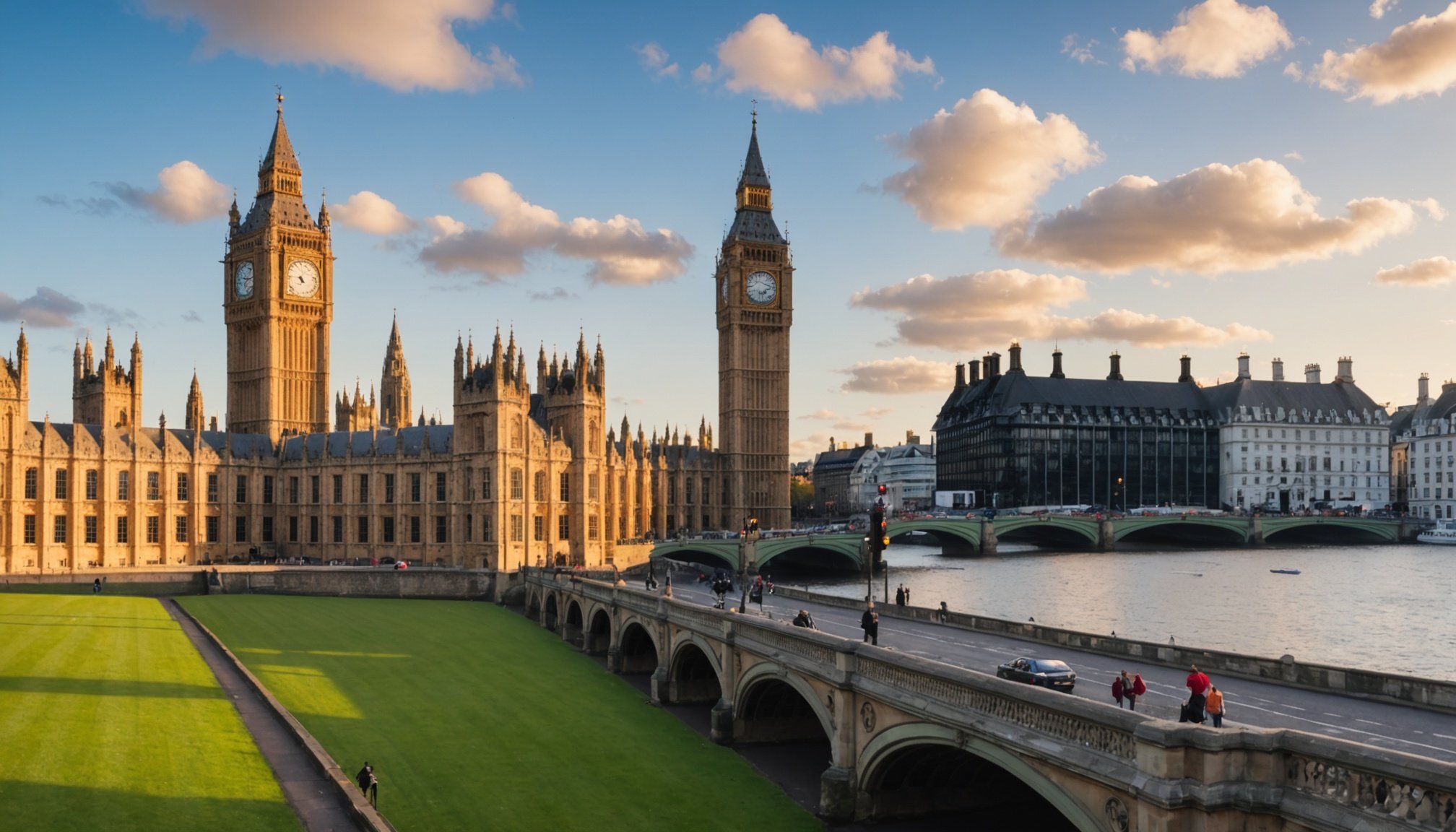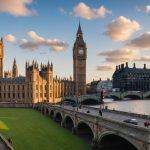Determining Your Ideal UK Travel Season
Choosing the UK vacation season hinges on several key factors that shape your experience. The best time to visit UK depends largely on weather preferences, desired events, crowd tolerance, and budget constraints. For instance, summer boasts warmer weather and lively festivals but often comes with higher prices and crowded tourist spots. Conversely, winter offers quieter attractions and lower costs but can mean colder, wetter days.
When selecting your UK holiday timing, it’s crucial to align the season with your personal interests and activities. If outdoor adventures like hiking or exploring gardens excite you, late spring or early autumn might be perfect for milder weather and fewer crowds. Those who thrive on cultural events and bustling atmospheres may prefer summer, when many British festivals take place.
In the same genre : How Can UK Tourism Evolve to Appeal to Future Travelers?
Seasonality profoundly influences the UK travel experience, affecting everything from daylight hours to local vibes. Understanding these patterns enables you to pick a travel window that suits your style, making your trip both enjoyable and memorable. Ultimately, choosing UK vacation season is about balancing these variables to craft the ideal itinerary.
Understanding UK Weather Patterns by Season
Seasonal weather in Britain varies distinctly, shaping your UK climate by season experience. Spring (March to May) offers mild temperatures and blossoming landscapes, ideal for exploring gardens and countryside. Early spring can be chillier with occasional rain, but days gradually warm up. Summer (June to August) brings the warmest, sunniest weather, though British summers remain moderate compared to other countries. Expect temperatures around 20–25°C, perfect for outdoor events and sightseeing. Autumn (September to November) features cooling temperatures and vibrant foliage. It can become wet and windy but remains pleasant for hiking and coastal visits. Winter (December to February) is cold and often damp, with temperatures frequently between 0–7°C. Snow is rare but possible, especially in northern areas.
Topic to read : What Makes UK’s Hidden Gems Worth Exploring?
Regionally, the UK weather travel experience differs: western and northern areas tend to be wetter and cooler, while the southeast enjoys drier and milder conditions. This regional variation affects planning, especially for outdoor activities like hiking or beach visits.
Understanding UK climate by season helps you choose the ideal time for your holiday and select activities that suit expected weather conditions.
Popular Travel Periods and Major Festivals
Understanding UK travel peak times helps when planning your trip. The busiest periods are typically summer (June to August) and the Christmas–New Year holiday season. During these peak times, tourist attractions and accommodations fill quickly, and prices often surge. Conversely, shoulder seasons like late spring (May) and early autumn (September) see fewer crowds and better deals.
British festivals by season add rich cultural experiences to your trip. In summer, you can enjoy iconic events like the Edinburgh Festival Fringe, the world’s largest arts festival, drawing visitors from across the globe. Spring hosts the Chelsea Flower Show, a highlight for garden lovers. Autumn’s Notting Hill Carnival bursts with colorful parades and music, attracting lively crowds. Winter features cozy Christmas markets in cities like Edinburgh and Manchester, providing festive charm despite colder weather.
These major UK tourist events influence travel costs and crowd levels significantly. Being aware of festival dates helps you decide if you prefer vibrant atmospheres or quieter travel. Choosing your UK holiday timing around these events can maximize enjoyment while balancing budget and personal preferences.
Pros and Cons of Each UK Vacation Season
Each UK season offers distinct advantages and drawbacks, making the choice about UK seasonal pros and cons vital. Summer is vibrant with warm weather and lively festivals, ideal for sightseeing and outdoor events. However, it comes with larger crowds and higher prices, which can reduce comfort and affordability. Winter brings fewer tourists and cheaper accommodation but colder temperatures and shorter daylight hours may limit activities, impacting the overall experience.
In spring, travelers enjoy blooming gardens and mild weather, striking a balance between crowds and favorable conditions. Autumn presents colorful landscapes and pleasant hiking opportunities but sees increasing rain and wind as the season progresses. Knowing these best UK seasons for tourists helps tailor your plans to expected conditions.
Seasonal crowd sizes notably affect your trip; peak seasons see busy attractions and higher costs, while shoulder and low seasons offer more space and savings but sometimes less consistent weather. Choosing wisely between traveling UK summer vs winter depends on personal priorities—whether bustling events or quiet exploration. Careful consideration of these UK seasonal pros and cons ensures your visit aligns with preferences and budget for a fulfilling holiday.
Aligning Travel Goals with UK Seasons
Choosing UK trip time wisely enhances your holiday by matching activities to the best seasons for UK travel interests. For garden enthusiasts, spring—especially May—offers blossoming displays at events like the Chelsea Flower Show. If castles and historic sites attract you, autumn’s mild weather and colorful landscapes create picturesque visits with fewer crowds. Hiking lovers benefit from late spring and early autumn, when trails are accessible, and weather is stable. Meanwhile, urban explorers may prefer summer for longer daylight and lively cultural events.
Aligning your UK vacation by activity ensures you experience highlights under ideal conditions. For example, winter city breaks provide cozy atmospheres and festive markets, perfect for cultural immersion despite shorter daylight hours. Summer supports outdoor festivals and sightseeing but comes with busier sites and higher prices. Assessing your priorities lets you capitalize on seasonal advantages.
Practical tips include booking accommodations early during peak seasons and planning flexible itineraries in shoulder seasons for unexpected weather. Choosing UK trip time that fits your interests and tolerance for crowds or weather variability will make for a rewarding, well-paced vacation.
Comparative Analysis: Costs, Crowds, and Local Life
Balancing UK travel costs by season with crowd levels is crucial for an authentic trip. High seasons, such as summer and Christmas, bring bustling tourist hubs and peak prices for flights, accommodation, and attractions. Conversely, shoulder seasons—late spring and early autumn—offer more moderate costs and fewer visitors, enabling a more relaxed atmosphere. In low seasons, especially winter (excluding holidays), prices drop significantly, and crowd sizes diminish, presenting excellent opportunities for budget-conscious travelers to enjoy quieter locales.
Understanding UK tourist crowd levels by region further refines planning. Popular cities like London and Edinburgh fill rapidly during festivals and holidays, while rural or northern areas tend to be less crowded year-round. Visiting during off-peak periods in these places can yield a more genuine encounter with British culture and daily life.
For those seeking authentic Britain experiences, traveling in shoulder or low seasons reveals local markets, pubs, and festivals less frequented by tourists. This approach not only reduces expenses but also fosters deeper connections to communities and traditions beyond typical sightseeing. Prioritizing timing for costs and crowd dynamics enhances both budget and cultural richness in your UK holiday.






